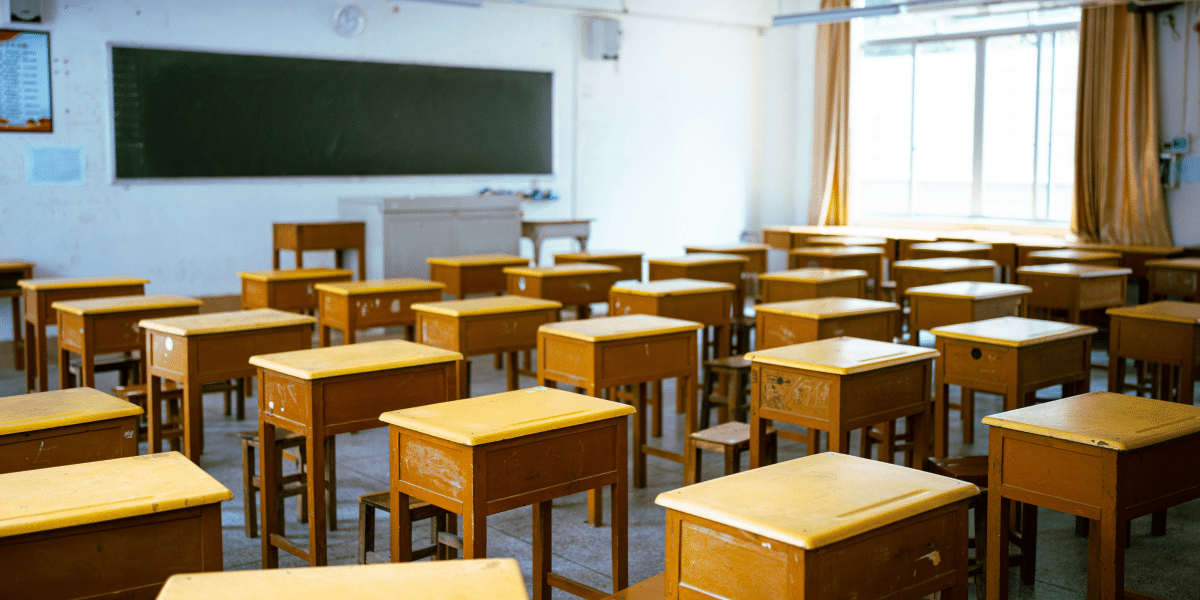Selecting the right desks for classrooms is a crucial decision that can impact both teaching effectiveness and student comfort. Desks are more than furniture. They’re essential to a good learning space. When choosing classroom desks, one must consider several features to ensure they meet the needs of both students and teachers. These include the size, shape, and height of the desks, which should accommodate a range of student ages and sizes. Additionally, desks should be durable enough to withstand daily use yet be lightweight for easy rearrangement. Ergonomic design is also essential to support good posture and reduce physical strain for students during long periods of sitting.
Size and Adjustability
The size and adjustability of desks are critical features. Classrooms often have students of different ages and sizes, so having desks that can be adjusted for height ensures everyone is comfortable. Adjustable desks can grow with students, making them a long-term investment. The desk surface should be large enough to hold textbooks, notebooks, and other learning materials without being too cluttered. It’s also beneficial if the desk has adjustable tilt angles to accommodate various activities like writing, reading, or drawing. Being flexible makes learning better for students. It turns the classroom into a place where everyone can thrive.
Durability and Material
Durability is another key factor when selecting desks for classrooms. Desks must be made from robust materials like high-pressure laminate, solid wood, or durable plastic to withstand daily wear and tear. Metal frames can add extra strength and stability. High-quality materials ensure the desks last longer, reducing the need for frequent replacements and saving schools money in the long run. Easy maintenance is also important; surfaces should be easy to clean and resistant to scratches and stains. This makes it simpler to keep the classroom looking neat and tidy, contributing to a pleasant learning atmosphere.
Ergonomic Design
Ergonomic design is essential for student health and comfort. Desks that promote good posture can help prevent back and neck pain, which is particularly important as students spend many hours sitting. Features like a slightly inclined desktop and proper legroom can make a big difference. The chairs paired with these desks should also support ergonomics, offering back support and height adjustability. Ensuring ergonomic furniture in classrooms can improve concentration and reduce fatigue, leading to better learning outcomes. Moreover, comfortable students are more likely to stay engaged and participate actively in class activities.
Storage Solutions
Storage solutions integrated into desks are highly beneficial. Desks with built-in storage options such as cubbies, shelves, or under-desk trays help keep students organized. This reduces clutter on the desktop and ensures that essential learning materials are within easy reach. Efficient storage can also minimize distractions, allowing students to focus better on their tasks. Additionally, organized storage can teach students responsibility and organizational skills, which are valuable life lessons. Teachers benefit too, as a tidy classroom environment can enhance the overall teaching and learning experience.
Mobility and Flexibility
Mobility and flexibility in desk design allow for dynamic classroom arrangements. Desks with wheels or lightweight construction can be easily moved to create different seating configurations. This adaptability is useful for various teaching methods, from group projects to individual work. Movable desks can also facilitate a more collaborative learning environment, encouraging student interaction and teamwork. Additionally, having flexible furniture makes it easier to reconfigure the classroom for special events or activities. Versatile desks contribute to a more engaging and adaptable learning space, catering to the diverse needs of both students and teachers.
Choosing the right desks for classrooms involves considering multiple factors to create an effective and comfortable learning environment. From size and adjustability to durability, ergonomic design, and integrated storage solutions, each feature plays a crucial role. Desks that are mobile and flexible add an extra layer of functionality, allowing for various teaching styles and classroom activities. Investing in high-quality, well-designed desks can enhance student comfort, support health, and improve overall classroom dynamics. Thoughtful selection of desks ensures a supportive, organized, and adaptable learning space that benefits both students and educators.
Published by: Holy Minoza


















